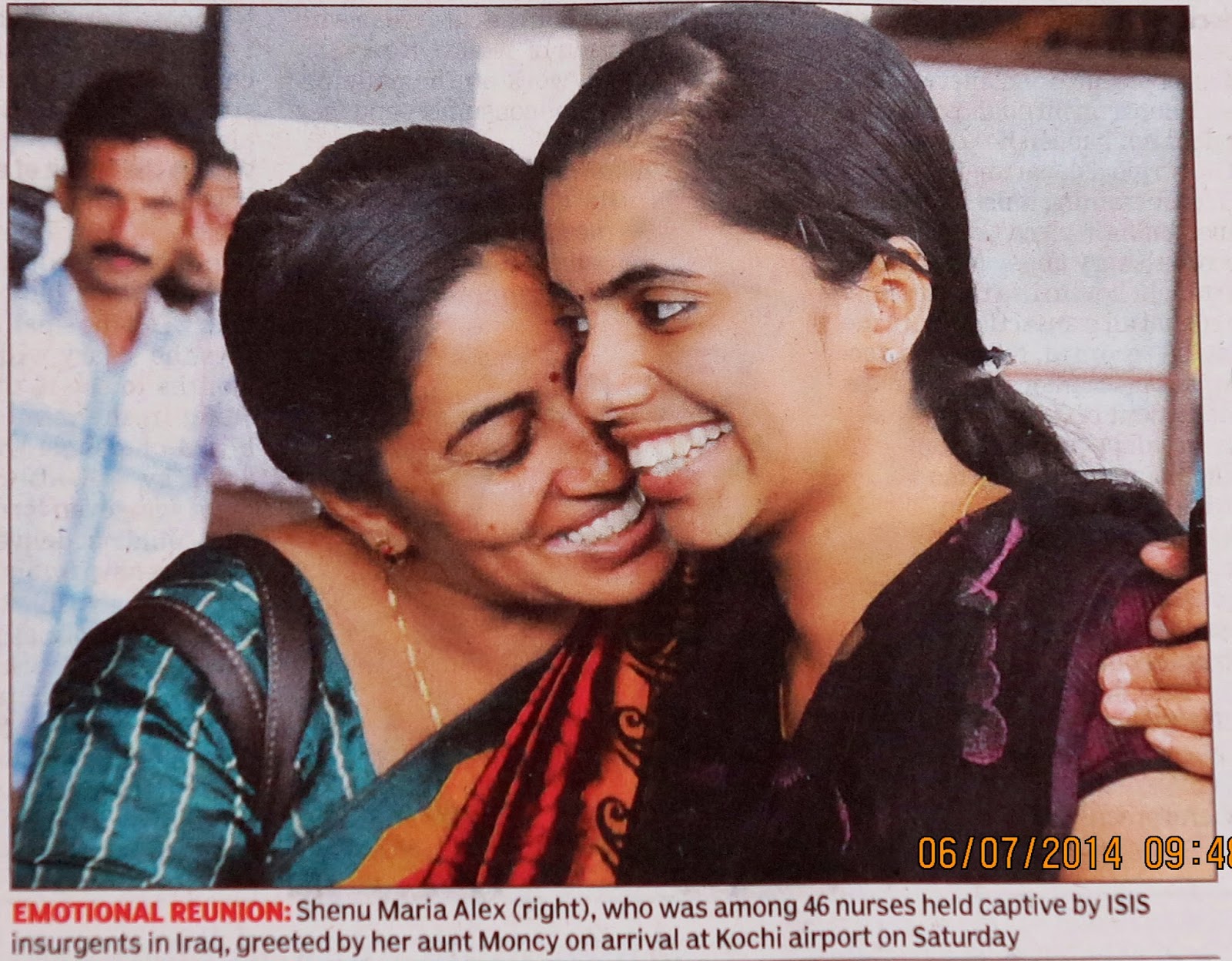At a conference last week, I heard Sojan Iype talk about his neurosurgical training and the animal work which he did during the training years. He was the first one in India to explore if omentum can be used to re-vascularise a part of the brain which suffered ischaemia. The work was done in different animals. While referring to this experience, he mentioned how knowledge expansion was a passion for his teachers, Dr. K.V.Mathai and Dr. Jacob Abraham. The former advanced in trying newer approaches in neuro-surgery and the latter spent time for finding new treatment modalities through basic science research. Dr.Sojan at the end of his training came to central Kerala to establish the first neuroscience department with neuroimaging facility in the early nineteen eighties.
Dr. Jeyaseelan referred to his contribution of creating a simple statistical software to calculate the sample size of patients and controls required to be recruited for clinical research. This was in response to the requests of many students of research, who needed such a simple tool for initiating research.
I was glad to have had an opportunity to photograph these two pioneers, when Dr. Sojan was handing over a memento to Dr. Jeyaseelan in acknowledgement of his contribution to the research methodology workshop.
The hundreds of unspoken contributions of many women and men in the practice of medicine are too significant to be lost during the passage of time. We require to bring the professionals together to tell us stories, lest we forget the strands that weave the medical history in our country!
M.C.Mathew(text and photo)

























